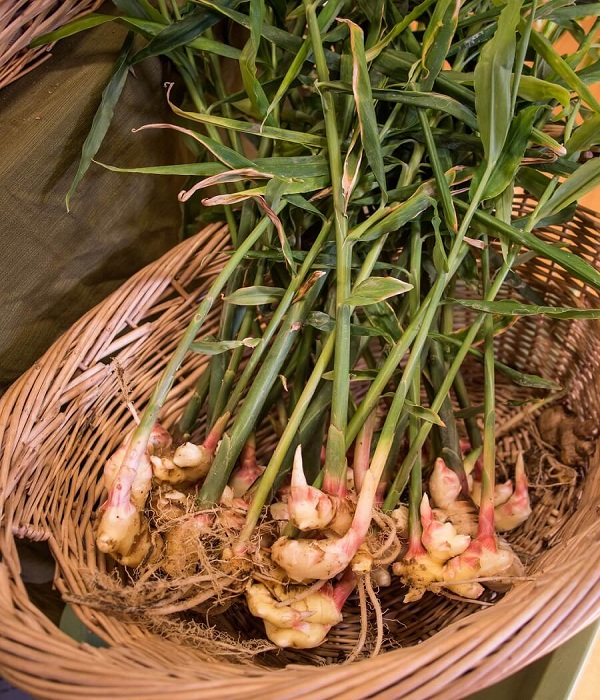The spice or herb ginger (Zingiber officinale) grows best in warm climates, and it’s been labeled a “superfood” just like garlic and turmeric. It can relieve swelling and act as an antibiotic. The capacity of this cooling and therapeutic rhizome to boost digestive fire is well-known.
Continue reading for information on how to cultivate ginger in containers so you’ll always have access to this versatile root, which is used in nearly every cuisine in the world.
Growing Ginger in Pots
Start your ginger plants in the spring for the greatest results. It is preferable to grow ginger in containers during the early wet season, but you can attempt growing it at any time if you live in a frost-free mild region.
The process of cultivating ginger roots is simple: Get hold of some fresh ginger roots (rhizomes) that are nearly 3 to 5 inches in length.
Each piece should have at least one eye or bud of growth. These little green buds are similar to those of potatoes.
If you buy ginger from a grocery store, soak the rhizomes in water for at least a few hours before using it, or better yet, buy it fresh from a farmer’s market where the ginger has not been treated with growth-retardant chemicals.
The next morning, cut each root into pieces that are 1 to 2 inches long. These regions must have at least one budding eye. The size of the section will depend on the number of eyes on the root. New ginger plants can be grown from these eyes, so divide the plant as many as you like.
You can plant the rhizomes as a whole, but if you’ve divided them up, wait a day or two for the cuts to form calluses before planting.
Fill the pot with warm, rich potting soil. Plant the rhizomes 1 to 2 inches deep, with the eyes (buds) facing up, and 5 inches apart.
To plant, lightly cover with potting soil, about 2 inches deep, and water until the soil is damp but not soaked. Plants need at least five hours of bright indirect light per day, so place the container somewhere warm and sunny.
It will take three to eight weeks for the first sprouts to appear. Don’t let the soil get too dry, but don’t let it become soggy either.
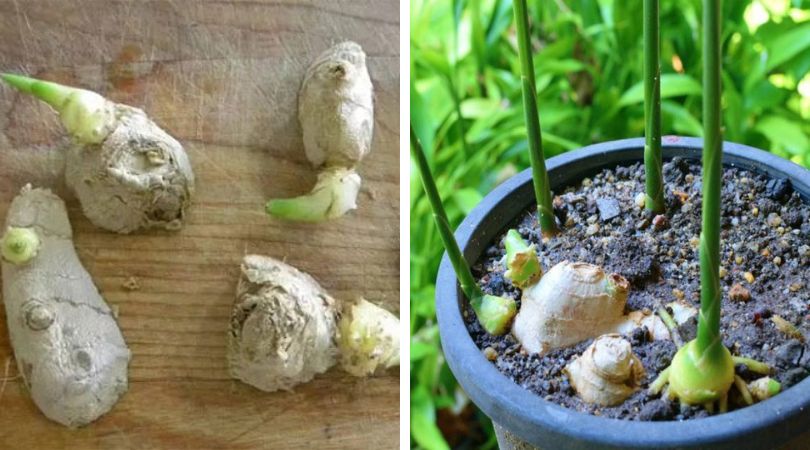
Choosing a Pot
Plant ginger in a container that is 8 to 12 inches deep and as wide as you like. Rectangular window boxes can also be used because of the space they provide for several rhizomes.
Requirements for Container-Grown Ginger :
Position
Since ginger thrives in shady conditions in the wild, it is best to place the container where it will get full morning sun and afternoon shade. Keep the plant in indirect sunlight if you reside in a very cold climate with a mild sun.
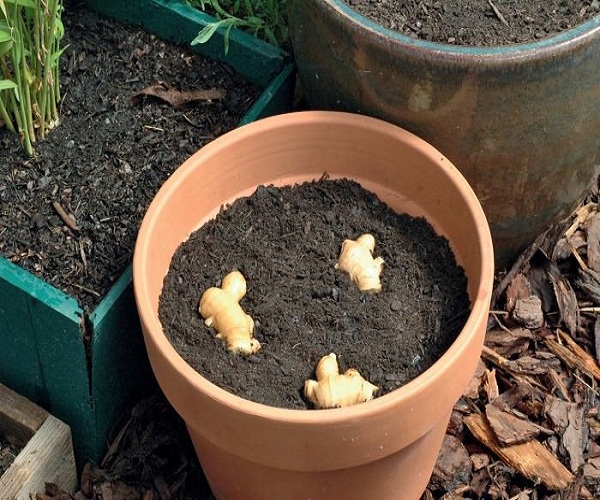
Soil
Ginger thrives in pots set on loose, well-drained, sandy-loamy soil that has been amended with compost or well-rotted cow or chicken manure. Roots can’t grow through soil that has bits of rock or concrete in it, and the soil won’t drain properly either.
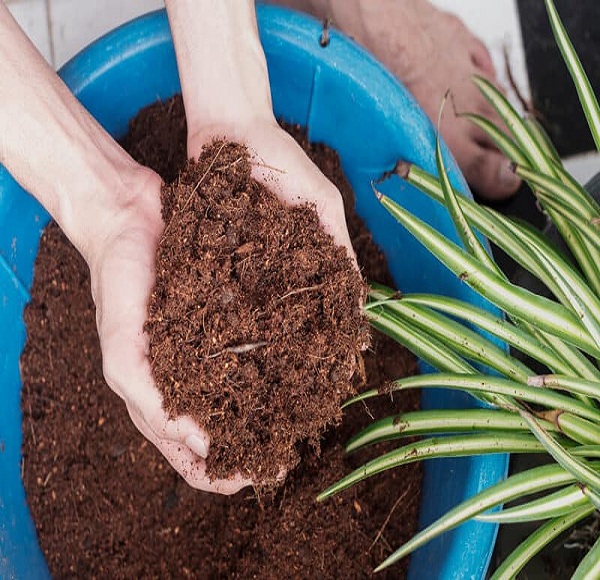
Watering
Since it grows best in slightly moist soil, ginger needs to be watered thoroughly and frequently. Keep in mind that root rot and stunted development can result from overwatering and standing water. In the winter, it’s also important to cut back on watering.
Temperature
Since ginger thrives in warmer environments, you should bring your plants indoors when the temperature drops below 50 degrees Fahrenheit to protect them from the cold (10 C).
Fertilizer
Ginger grows best in soil that is high in organic matter. Compost, worm castings, or well-rotted manure can be used as a final topping for the container. If you aren’t an organic farmer, you can also use an all-purpose liquid fertilizer once a month during the growing season.
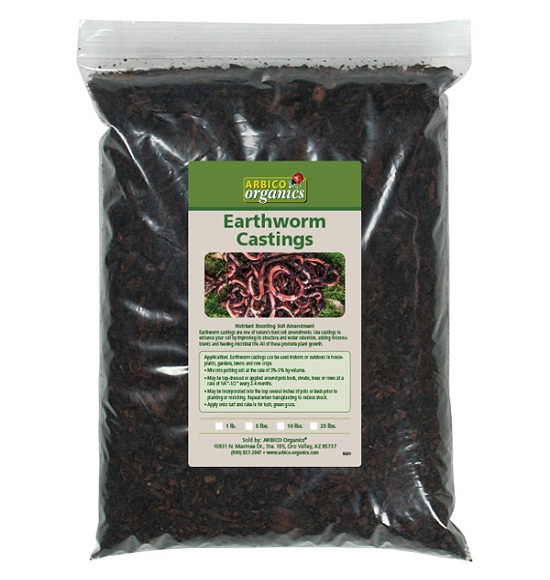
Pests & Diseases
The ginger plant is prey to a variety of pests, such as the white grub, the shoot borer, and the shoot boring weevil. There are a number of diseases that can attack it, including bacterial wilt, soft rot, dry rot, and leaf spot viruses. It is highly suggested that you take preventative measures to ensure that the plant is free of these illnesses and pests.
Because you’ll be growing ginger in a pot in a controlled environment, you shouldn’t have too many issues.
Harvesting
Once the leaves on your ginger plant turn yellow, your crop of ginger roots will be ready to be harvested in about 7-10 months.
Ginger can be harvested by gently tapping the pot and inverting the entire container upside down, or by using a small shovel to dislodge the top soil. Ginger can be easily extracted by splitting the rhizome in half. Allow the ginger to continue growing while periodically harvesting a small amount.
